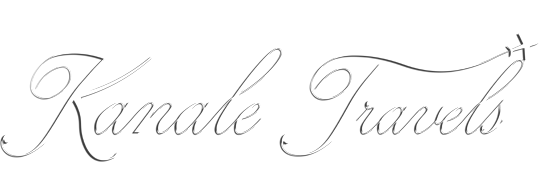 As we continued along our way through Old Town, one of the tour members complained about the amount of walking and asked if we could slow down. The description of the tour specifically states that the tour involved a lot of walking on uneven surfaces and some walking over cobblestone streets. I admit I sometimes overlook things in tour descriptions. But I have to wonder why, if you know you have certain physical limitations, why would you not look to see if the tour is appropriate? Or, maybe they just wanted to go on the tour anyway, regardless of how the rest of the group would be affected.
As we continued along our way through Old Town, one of the tour members complained about the amount of walking and asked if we could slow down. The description of the tour specifically states that the tour involved a lot of walking on uneven surfaces and some walking over cobblestone streets. I admit I sometimes overlook things in tour descriptions. But I have to wonder why, if you know you have certain physical limitations, why would you not look to see if the tour is appropriate? Or, maybe they just wanted to go on the tour anyway, regardless of how the rest of the group would be affected.
I enjoyed looking at the different historic buildings here that lined the narrow streets; the same buildings that enabled Tallinn Old Town to gain recognition as a UNESCO World Heritage site.
 Our group (and a good-sized crowd) headed down toward a park-like area. Gardens outside the city wall? No. It is part of the public park that was built much later during the tsarist rule. Our guide gave us some more facts about this area. Down the hill there were some archery targets set up. Reminded me of a smaller version of an event called the Renaissance Faire back in the States.
Our group (and a good-sized crowd) headed down toward a park-like area. Gardens outside the city wall? No. It is part of the public park that was built much later during the tsarist rule. Our guide gave us some more facts about this area. Down the hill there were some archery targets set up. Reminded me of a smaller version of an event called the Renaissance Faire back in the States.
Leaving the park, we circled back around the St. Alexander Nevsky Cathedral and stopped partway up a hill. The dominant structure here is the Toompea Castle (Toompea Loss), a stone structure dating back as far as the 9th century AD. This was my first time seeing a building this old, something that dates back to the medieval period. The main tower is called Pikk Hermann or Tall Hermann, atop which the national flag of Estonia is flown. Inside is a staircase which leads to a viewing platform. Fun fact: By tradition, whichever nation’s flag flies over Pikk Hermann is the nation that rules Estonia.

The castle has a long history, obviously. It has been of significant importance to successive countries from the take-over by the Danes in the first part of the 13th century, to Germany, Sweden, Poland, and Russia. Finally, it became Estonia’s again following her independence, which I told you about earlier.
We walked around outside the castle walls while our guide told us about it. What we see now is mostly just the outer castle wall and the towers. On the other side, and connected to one section of the wall are a few other buildings. It is also home the Parliament of Estonia. The talk from our guide would be the last part of our visit to Tallinn Old Town.
If I get a chance to return to Estonia, I’d like to come back here to Tallinn Old Town; hopefully during a less crowded time of year.




Comments are closed.